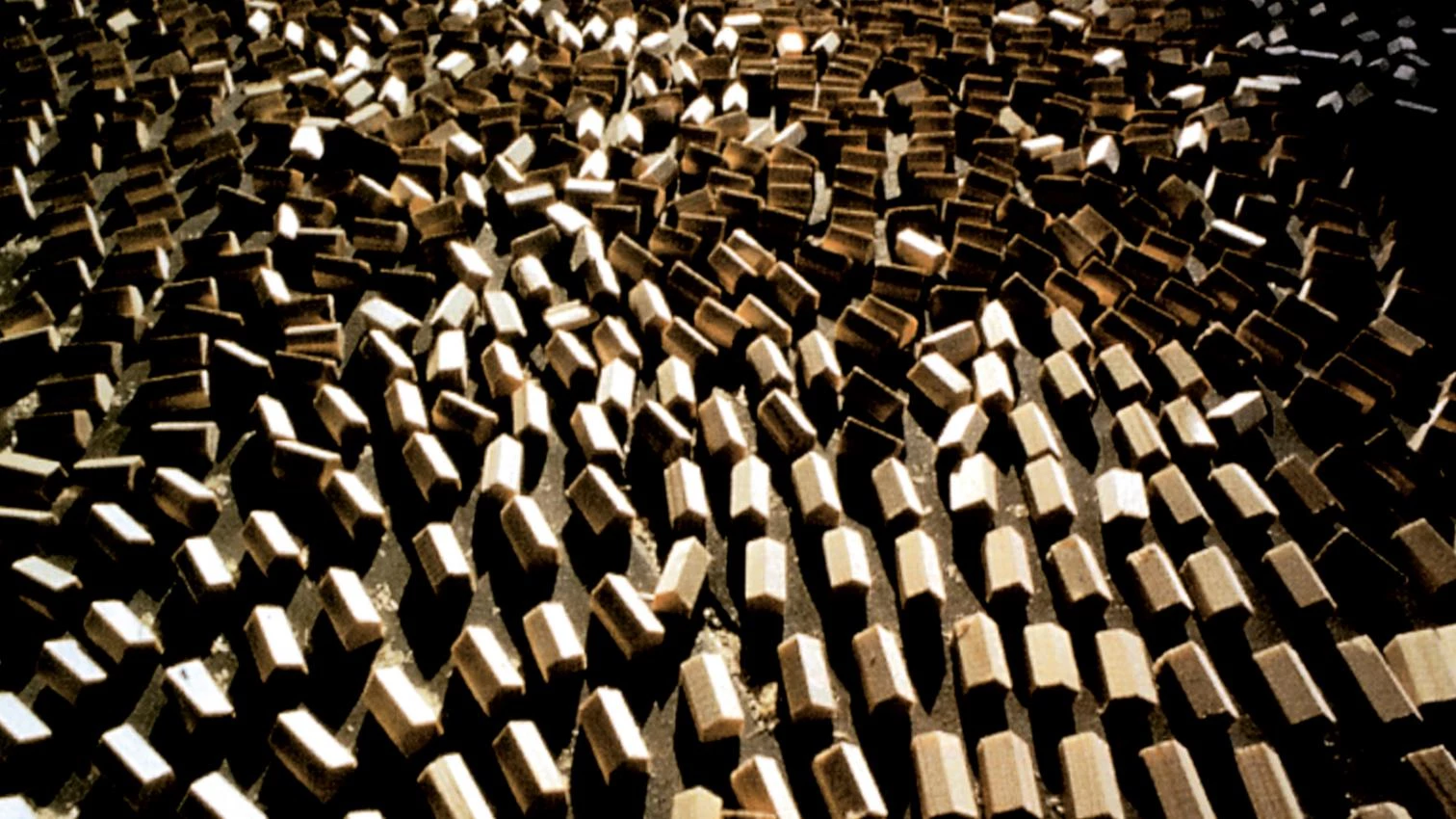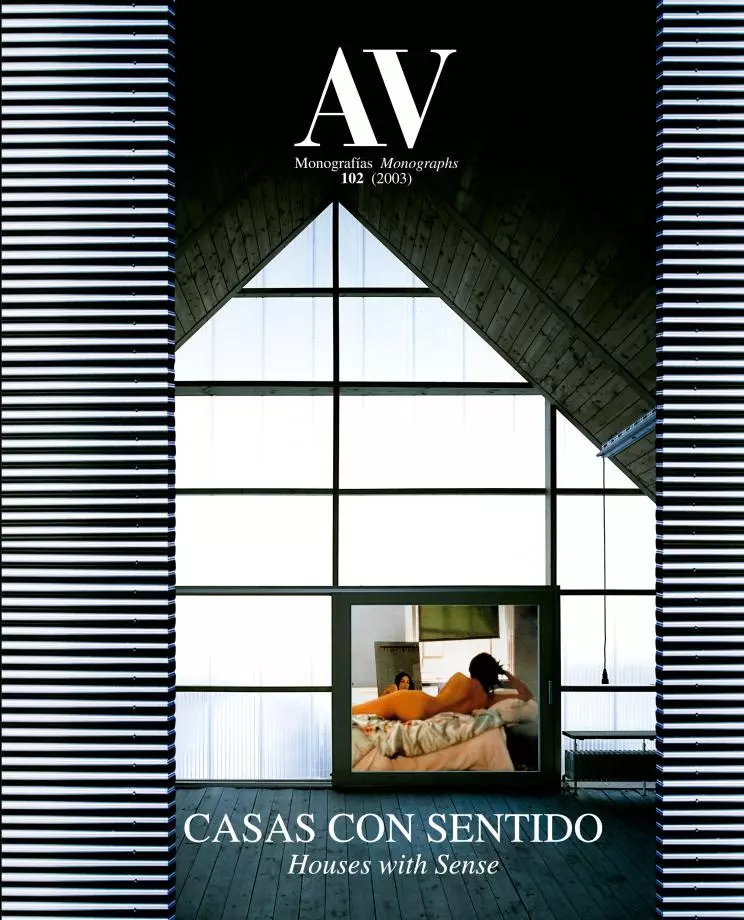
We live explosive times. On the one hand, the residential boom has acquired a new economic and urban protagonism: the real estate bubble is the driving force of growth, and the formless extension of construction the main feature of contemporary planning. On the other hand, aggressive detonation is the key weapon in the essential conflict of our era: Palestinian martyrs turn themselves into human bombs, while the Israeli army uses the demolition of dwellings with dynamite as a regular war weapon. The domiciliar explosion is at once the uncontrolled multiplication of the residential fabric in the West and its controlled destruction on the line of fracture with the Muslim other. In Zabriskie Point, Antonioni showed in slow motion the explosion of a house into an expansive sphere of fragments: a simultaneous symbol of the urbanistic bubble that fills landscapes with repetitive rubble and of the punitive demolition that blows houses up.
We like to imagine the house as a warm nest, woven around to protect us like the cocoon shelters the worm, and in which to fearlessly surrender to the pleasures of the senses: locked in with a single toy, or else shut out in a private place cluttered with familiar objects. In this way, we have rehearsed here a haphazard order that brings together our signature houses around the convention of the perceptive organs: the bright light of horizons and lamps, the ear attentive to the noise of traffic or to the ringing of bells, the perfume of moving air, the mixed cold flavors of food, the texture of materials in the dark softness of beds. However, this enumeration of the senses is drained of meaning when we expose it to the elements of repetition and risk, and both the anomy of sprawl and the physical insecurity of the border habitation draws a solitary and soulless landscape, one that is built around the resounding hole of a spiritual void.
Houses with sense and consented devastation: such seems to be the oxymoronic panorama of the present city. We feign living while we are surviving, and our inability to shape the territory is similar to our failure in the conciliation of conflict. Failing in geography and failing in history, the inhabitants of this fragile planet prefer to ignore the cracks that cover its tattered skin while we sink into the narcotic laudanum of the self-absorbed dwelling. But the morbid beauty of the house becomes obscene when it is shielded from the collapse of the world, closing its eyes to violence, turning a deaf ear to offense, refusing to follow the scent of abuse, concealing the persistent taste of pain and escaping the abrasive contact with misery. The designer houses digs out an autistic niche in space and time, an ephemeral and sweet scenario of daily life momentarily suspended: a private oasis in the public desert.





